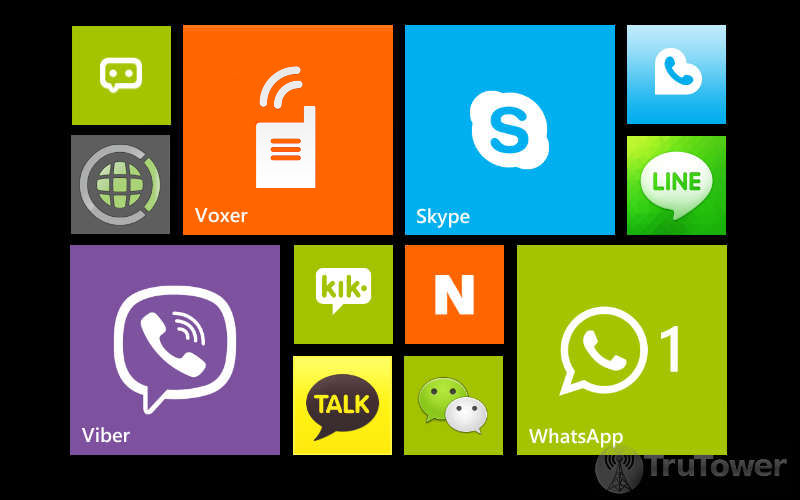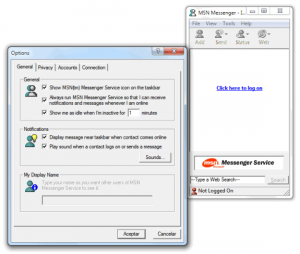Imagine a world where you turn on your PC and you wait a few minutes while your computer boots up. While you wait, you decide that it’s the perfect time for a cup of coffee, so you head into the kitchen. You make your way back to your desk with a steamy cup full of joe and start your internet browser, your dial-up modem buzzing in the background as it works hard to bring you your 40–50 kbit/s of web-induced joy.
After playing around on the internet for awhile, you decide to log into your favorite instant messenger — say, MSN Messenger — and see what your closest friends and family are up to. You take a sip from your coffee while you wait for the instant messenger to log in. You’re excited to see that one of your friends is online, and you’re ecstatic to find that you have 30 messages waiting for you in your MSN Hotmail inbox.
If this doesn’t sound at all familiar to you, you’re definitely not a 90’s baby.
See, back before Skype came on the scene in 2005, and way before WhatsApp (2009), Tango (2009), Viber (2010), LINE (2011), and a great many other apps came along, “apps” (if you want to call them that) like Windows Live Messenger, AOL Instant Messenger, and Yahoo! Messenger ruled over the instant messaging and VoIP worlds. It was a time when Windows XP was state-of-the-art, iPod nanos were the latest fad out of science fiction, and mobile behemoths like Research in Motion and Nokia appeared unstoppable in their respective perches atop the mobile branch.
it’s not about simply IMing anymore
Fast forward to today, and it’s easy to see a lot has changed. With Android, iOS, and Windows Phone now controlling the much more vast mobile space and an entire industry of mobile messaging applications replacing the Windows Live Messengers, Yahoo! Messengers, and AOL Instant Messengers of yesteryear, it’s a completely different world. A much more competitive world.
The current and undisputed champion in the current “messaging wars” (as some like to call them) is clearly Facebook-owned WhatsApp — followed closely by Tencent’s WeChat. However, there are also quite a few more messaging and calling apps out there (and also push-to-talk apps) than there were in the early days of IMing.
And it’s not about simply IMing anymore. It’s about content. It’s about user engagement. It’s about the games and the stickers, which are used to monetize these applications into entire businesses. It’s also about new experiences.
The question is, where are we going from here?
There’s been a lot of talk about the “messaging app bubble” but does it even exist, and if so, how long before it bursts? Thankfully, it doesn’t look like this will happen for quite awhile, if ever. The fact is, smartphone penetration hasn’t peaked yet. According to a June 2014 report from eMarketer, an estimated 15 countries worldwide will have seen more than half their populations adopt smartphones, still well below full market penetration, and in a small number of countries to boot. That means there’s still plenty of potential growth in the messaging and calling app space.
Messaging apps have evolved into entire entertainment platforms
Still, it’s impossible to say what could happen 5, 10, or 20 years from now. Messaging apps have evolved into entire entertainment platforms over the past few years, powered by games, music, and additional content. For the time being, they’re only going to continue to evolve and mature while bringing larger swaths of people together. Over the course of a few more years, we could see many of them go down the path of acquisition like WhatsApp or we could see them stubbornly declare their independence like Kik.
For both of these paths, there’s truly a lot of exciting potential, for users, developers, employees, and companies involved. In an industry as dynamic as this — with so much competition vying for a piece of the OTT pie and with so many unrealized ambitions — absolutely anything could happen.


